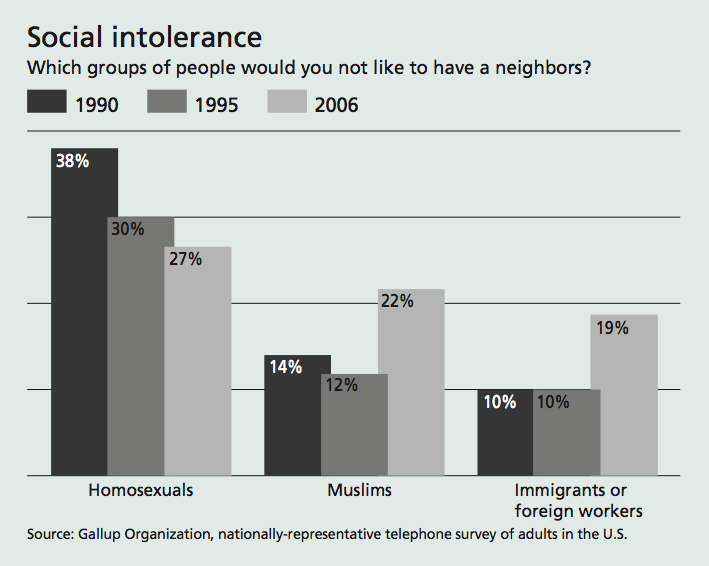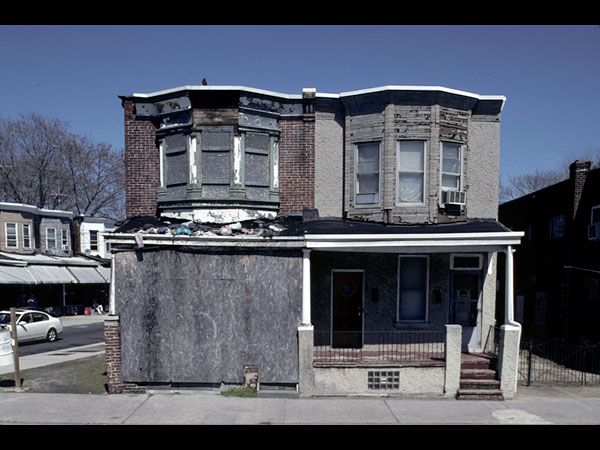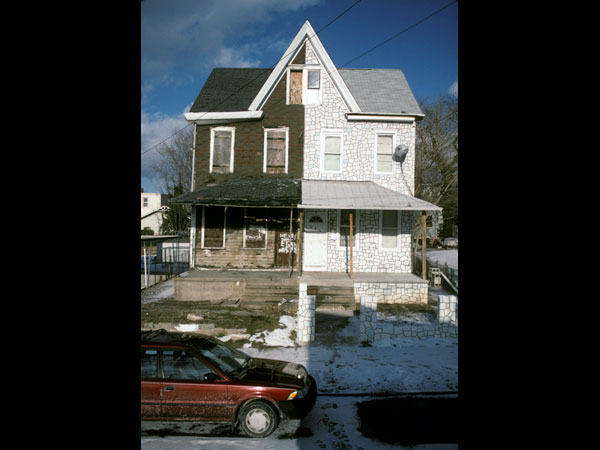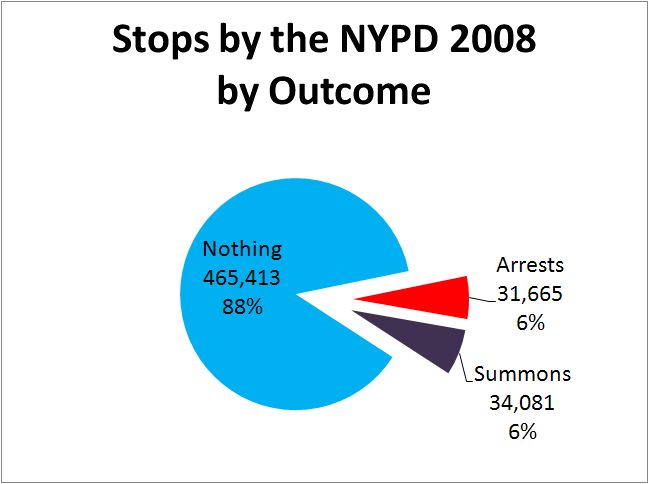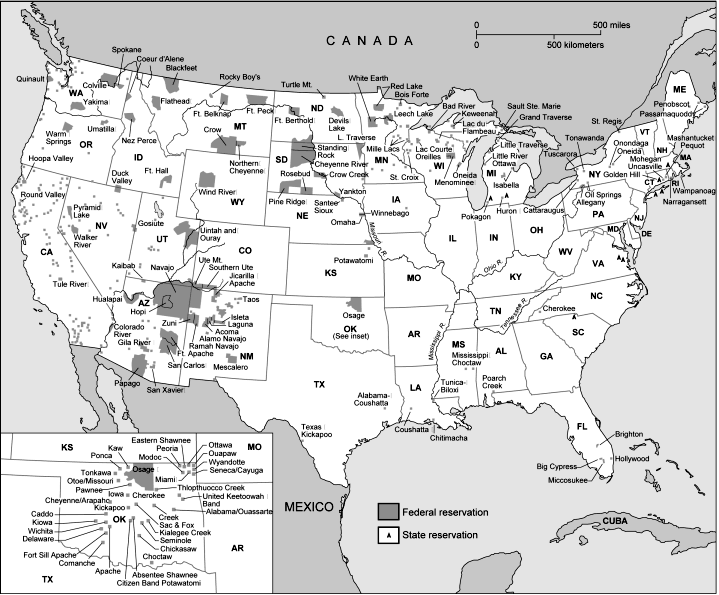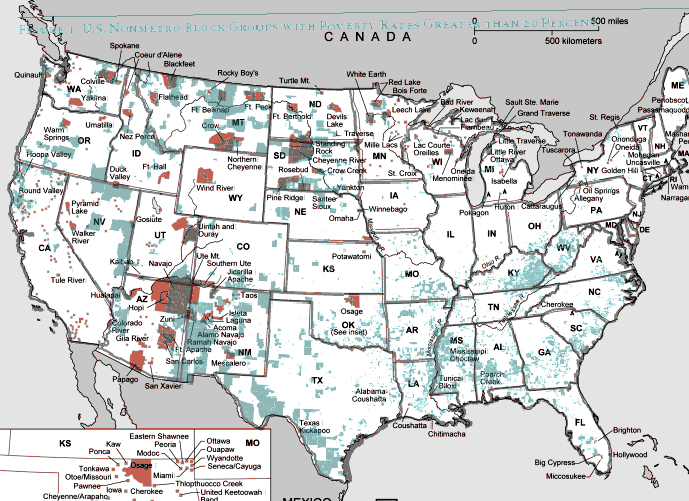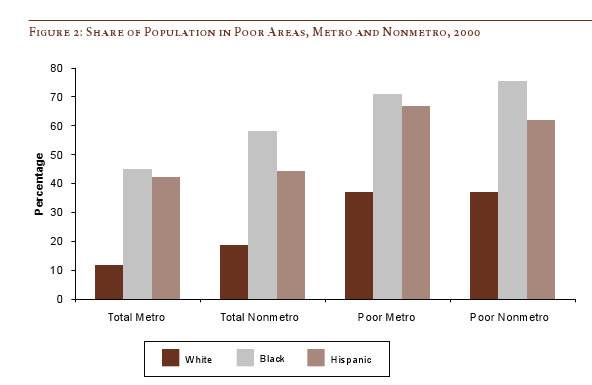Trigger warning: racial violence and racist language.
A disturbing picture of racial slaughter emerges in the days following Katrina, at the hands of private residents and police officers. Racially-motivated murders were carried out in Algiers Point, a predominately white enclave nestled in mostly black Algiers, not far from Gretna. This part of the city is connected to the rest of New Orleans by bridge and ferry only, and it did not experience flooding. After the storm, a band of 15 to 30 white men formed a loose militia targeting anyone whom they deemed “didn’t belong” in their predominately white neighborhood (source). They blocked off streets with downed trees, stockpiled weapons, and ran patrols.
At least eleven black men were shot, although some locals expect that the actual number is much higher. On July 16, 2010, Roland Bourgeois was charged with shooting three black men in Algiers in the days following Katrina (source). He allegedly came back to the militia home base with a bloody baseball cap from Ronald Herrington, a man he shot, and told a witness that “Anything coming up this street darker than a paper bag is getting shot.”
To date, this is the only arrest of militia members, but the FBI is investigating the situation and will likely make more arrests given that two Danish filmmakers interviewed multiple residents who admitted shooting black people. In “Welcome to New Orleans,” militia member Wayne Janak smiles at the camera: “It was great! It was like pheasant season in South Dakota. If it moved, you shot it.” A woman nearby adds “He understands the N-word now… In this neighborhood, we take care of our own.” Many of the victims reported that militia members called them racial epithets during attacks, and a family member of militia members reports that her uncle and cousins considered it a “free-for-all—white against black,” and her cousin was happy they were “shooting niggers.”
Malik Rahim, a long-time Algiers resident and activist who co-founded Common Ground Relief after the storm, took me on a tour of bodies in his neighborhood a week or so after the storm. I only made it through one viewing – a bloated body of a man under a piece of cardboard with a gunshot wound to his back. I assumed that this death was being investigated, but should have known otherwise given that the state had essentially sanctioned these actions with a “shoot to kill” order that allowed civilians to make their own assessments of who should live or die.
One of Many New Orleans Vigilante T-Shirts Slogans:
Cross-posted at Caroline Heldman’s blog.
Caroline Heldman is a professor of politics at Occidental College. You can follow her at her blog and on Twitter and Facebook.



